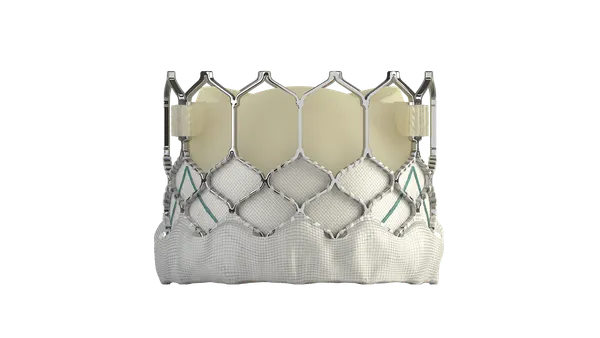Dive Brief:
- Cardiovascular Systems said it will collaborate with Aerolase to develop a laser atherectomy device to treat multiple forms of arterial disease.
- Under the agreement signed by the two companies, CSI made an undisclosed equity investment in Aerolase. The deal also calls for CSI to make additional equity investments as development milestones are met.
- CSI Chief Executive Scott Ward, in a statement, said the the company sees an opportunity to leverage Aerolase’s laser technology, which is approved for dermatology and medical aesthetic uses, to improve treatments for peripheral arterial disease and in-stent restenosis, the re-narrowing of blood vessels after a stent has been placed.
Dive Insight:
St. Paul, Minnesota-based CSI, which in fiscal 2018 had revenue of $217 million and reported its first annual net profit, competes in the atherectomy market against much bigger players including Medtronic, Boston Scientific and Phillips. The company is focused on global expansion, with the recent launch of orbital atherectomy in Japan, its first international market.
CSI’s orbital atherectomy systems use a diamond-coated crown, attached to an orbiting shaft, to sand away plaque accumulation in the arteries of the legs and heart. With the Aerolase development agreement, CSI is expanding beyond its core of orbital atherectomy and into laser-based technology for atherectomy procedures.
“The successful development and commercialization of this laser atherectomy technology will expand the number of patients CSI serves,” Ward said.
Aerolase Chief Executive Pavel Efremkin said the company’s lasers have benefits including portability, reliability, ease-of-use and minimal set-up time that can transfer to atherectomy.
Last month, CSI announced a distribution agreement with OrbusNeich to sell its coronary and peripheral orbital atherectomy systems outside the United States and Japan. OrbusNeich, whose portfolio of coronary and peripheral devices includes stents, balloons and microcatheters, operates 12 regional sales offices throughout the world and sells its products in more than 60 countries.
FDA recently released draft guidance for companies making 510(k) submissions for peripheral vascular atherectomy devices covering the four main categories of the devices: directional, rotational, orbital and laser.










